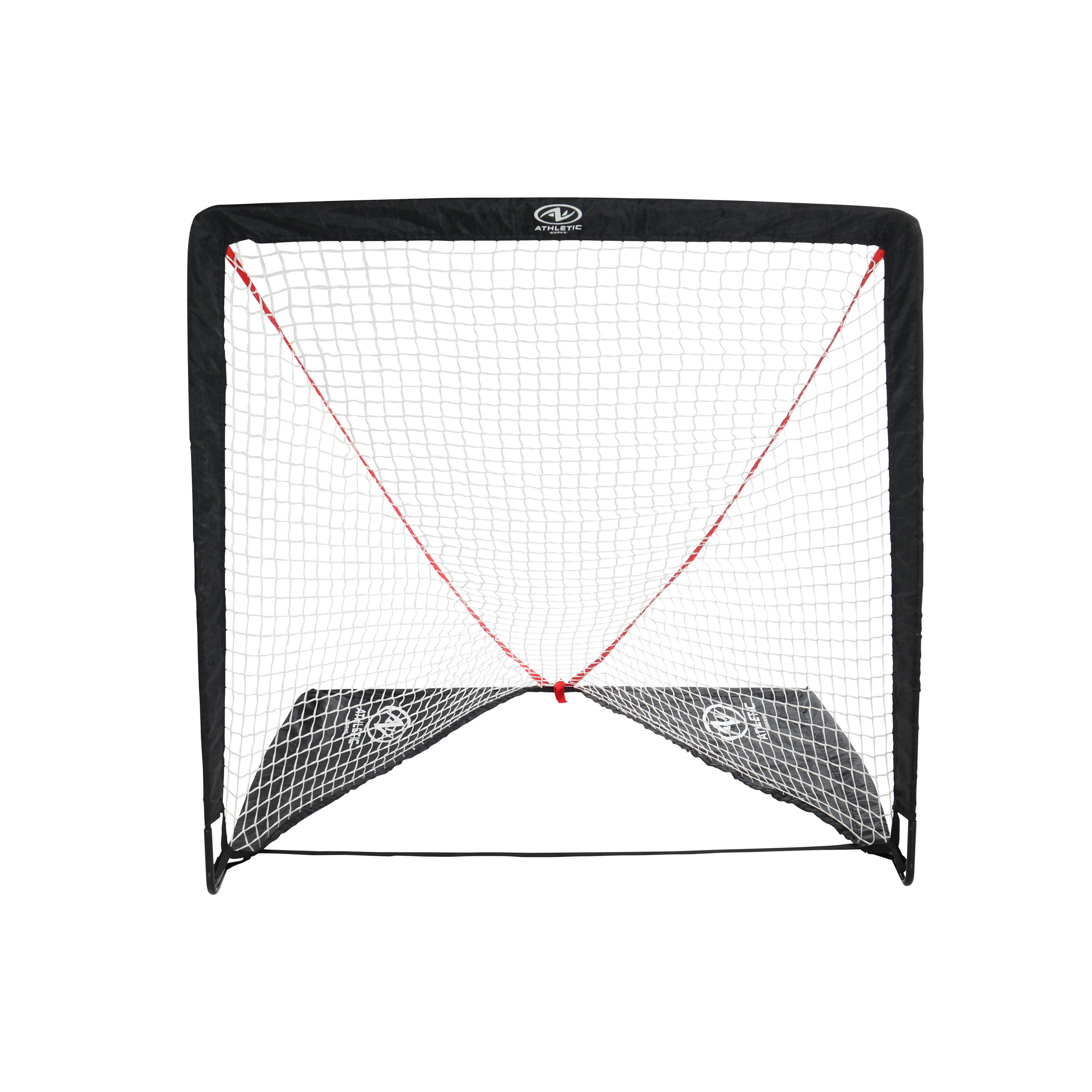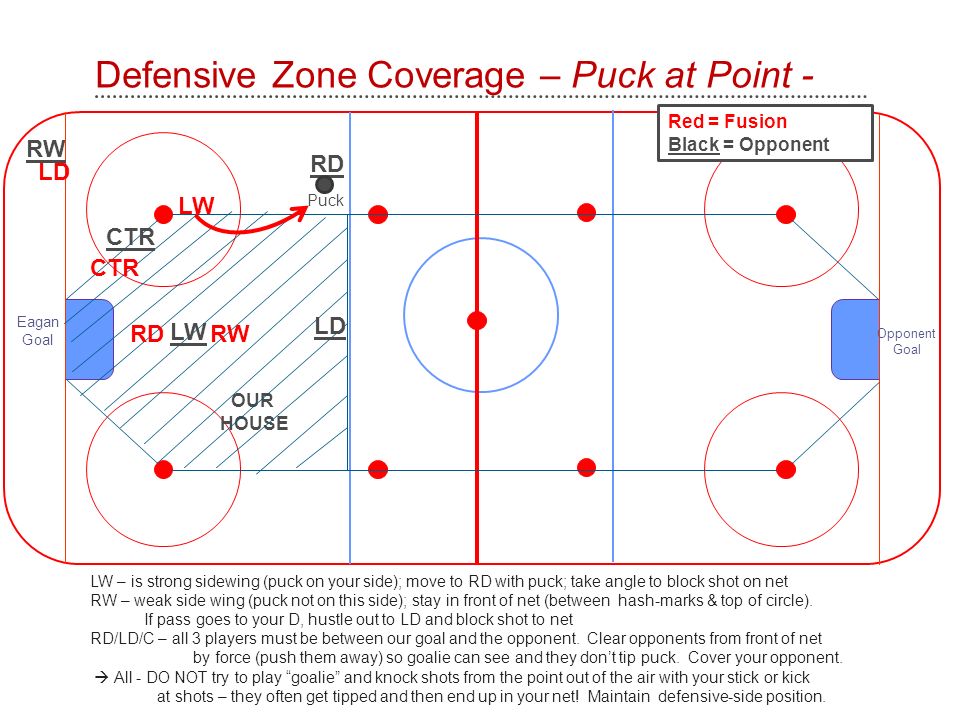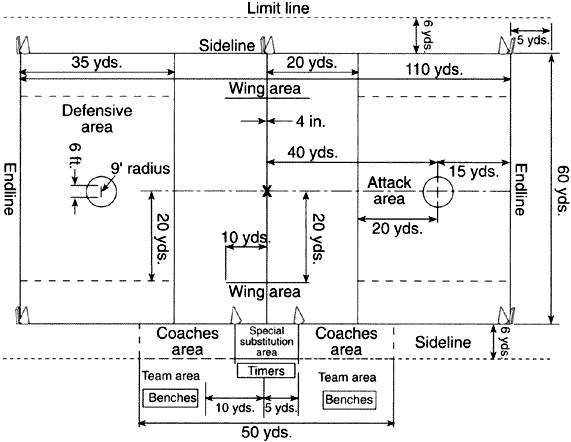What are the standard dimensions for lacrosse sticks. How do stick lengths vary by player position and height. Which factors should be considered when selecting a lacrosse stick size.
Understanding Lacrosse Stick Components and Their Dimensions
Lacrosse sticks are composed of two main parts: the shaft and the head. The shaft is the long handle of the stick, while the head is the net-like structure at the top used for catching, carrying, and throwing the ball. Each component has specific dimensions that can vary based on factors such as player position, height, and league regulations.
Lacrosse Shaft Dimensions
Shaft dimensions can vary significantly depending on the player’s position and personal preference. For women’s lacrosse, there are two main shaft geometries:
- C-Shape Geometry: 1-inch diameter, traditional concave design, most popular
- S-Shape Geometry: 7/8-inch diameter, slim concave design, offers more control
The length of the shaft can range from 35.5 inches to 72 inches, depending on the player’s position and league regulations.

Lacrosse Head Dimensions
The head of a lacrosse stick also has specific dimensions that can vary based on position:
- Universal: 6-10 inches wide, 10-12 inches high, suitable for all positions
- Attack/Midfield: 6-10 inches wide, 10-12 inches high, designed for offensive play
- Defense: 6-10 inches wide, 12-15 inches high, provides more reach for defensive players
- Goalie: 10+ inches wide, dimensions vary to provide maximum stopping power
Choosing the Right Lacrosse Stick Length Based on Player Height
Selecting the appropriate stick length is crucial for optimal performance in lacrosse. The following table provides a general guide for choosing stick length based on player height:
| Player Height (in) | Player Height (cm) | Stick Length (in) | Stick Length (cm) |
|---|---|---|---|
| Under 4’3″ | Under 130 cm | – | – |
| 4’3″ – 4’6″ | 130 – 137 cm | 37″ – 42″ | 94 – 107 cm |
| 4’6″ – 4’9″ | 137 – 145 cm | 41″ – 42″ | 104 – 107 cm |
| 4’9″ – 5′ | 145 – 152 cm | 42″ – 44″ | 107 – 112 cm |
| 5′ – 5’3″ | 152 – 160 cm | 44″ – 45″ | 112 – 114 cm |
| 5’3″ – 5’6″ | 160 – 168 cm | 46″ – 47″ | 117 – 119 cm |
| 5’6″ – 5’9″ | 168 – 175 cm | 47″ – 49″ | 119 – 124 cm |
| 5’9″ – 6′ | 175 – 183 cm | 49″ – 52″ | 124 – 132 cm |
| Over 6′ | Over 183 cm | 52″ – 72″ | 132 – 183 cm |
It’s important to note that these are general guidelines, and personal preference and playing style should also be considered when selecting a stick length.

Position-Specific Lacrosse Stick Dimensions
Different positions in lacrosse require varying stick lengths to optimize performance. Here’s a breakdown of recommended stick lengths for various positions in both men’s and women’s lacrosse:
| Position | Men’s Lacrosse (in) | Men’s Lacrosse (cm) | Women’s Lacrosse (in) | Women’s Lacrosse (cm) |
|---|---|---|---|---|
| Attack | 40″ – 42″ | 102 – 107 cm | 35.5″ – 43.25″ | 90 – 110 cm |
| Midfield | 40″ – 42″ | 102 – 107 cm | 35.5″ – 43.25″ | 90 – 110 cm |
| Defense | 52″ – 72″ | 132 – 183 cm | 35.5″ – 52″ | 90 – 132 cm |
| Goalie | 40″ – 72″ | 102 – 183 cm | 35.5″ – 52″ | 90 – 132 cm |
These dimensions ensure that players in each position have the appropriate reach and control for their specific roles on the field.
Advanced Shaft Technology in Modern Lacrosse Sticks
Modern lacrosse sticks incorporate advanced technologies to enhance performance and durability. Some key features of high-end shafts include:
- Flex iQ Technology: Manipulates carbon fiber orientation for optimal flex and control
- Advanced Carbon Layering (A.C.L.): Uses low F.A.W., uni-directional carbon fiber pre-preg for improved performance
- Reload Technology: Utilizes low F.A.W. and high-modulus carbon fiber for maximum recoil
- Micro-Bead Texture: Improves grip and overall feel of the shaft
These technologies contribute to the shaft’s flex, durability, weight, and release point, providing players with superior performance on the field.

The Impact of Stick Length on Playing Performance
Choosing the correct stick length is crucial for optimal performance in lacrosse. Using a stick that is too long or too short can significantly impact a player’s abilities on the field.
Disadvantages of Using a Too-Long Stick
- Reduced control and maneuverability
- Slower stick speed
- Increased weight and player fatigue
- Difficulty executing quick passes and shots
Disadvantages of Using a Too-Short Stick
- Limited reach and defensive capabilities
- Difficulty scooping ground balls
- Reduced shot power and accuracy
- Potential disadvantage in face-offs and contested situations
Finding the right balance between stick length and playing style is essential for maximizing performance and minimizing these potential drawbacks.
Customizing Lacrosse Sticks: Balancing Regulations and Personal Preference
While there are regulations governing lacrosse stick dimensions, players often customize their equipment within these parameters to suit their individual playing style. Some areas of customization include:

- Shaft material: Carbon fiber, aluminum, or composite materials
- Shaft shape: Octagonal, concave, or textured for improved grip
- Head stringing: Pocket depth and string tension for desired ball control
- Tape application: Strategic taping for enhanced grip and feel
Players should always ensure that their customized sticks comply with league regulations to avoid penalties during play.
Maintenance and Care for Lacrosse Sticks
Proper maintenance of lacrosse sticks is essential for longevity and consistent performance. Here are some key tips for caring for your lacrosse stick:
- Clean the head and strings regularly with warm water and mild soap
- Allow the stick to dry completely before storage to prevent mold growth
- Inspect the shaft for cracks or damage and replace if necessary
- Re-string the head periodically to maintain optimal pocket shape
- Store the stick in a cool, dry place away from direct sunlight
- Use stick wax or tape to maintain grip on the shaft
By following these maintenance practices, players can ensure their lacrosse sticks remain in top condition throughout the season.

Evolution of Lacrosse Stick Design: From Traditional to Modern
The design of lacrosse sticks has evolved significantly since the sport’s inception. Understanding this evolution provides insight into the current state of lacrosse equipment technology.
Traditional Wooden Sticks
Originally, lacrosse sticks were handcrafted from wood, often hickory, with leather netting. These sticks were heavier and less consistent in shape and performance compared to modern versions.
Introduction of Synthetic Materials
In the mid-20th century, synthetic materials like plastic and nylon were introduced for stick heads and netting. This allowed for more uniform production and improved durability.
Modern Composite Shafts
Today’s lacrosse sticks feature advanced composite materials such as carbon fiber and titanium alloys. These materials offer superior strength-to-weight ratios and allow for precise engineering of flex and durability.
Specialized Designs
Modern sticks are often designed for specific positions and playing styles, with variations in head shape, shaft length, and flex profiles to optimize performance for different roles on the field.

This evolution in stick design has contributed to the increased speed and precision of modern lacrosse, allowing players to perform at higher levels than ever before.
Women’s Shaft Tech – Epoch Lacrosse
Search
$0.00
0
WOMEN’S SHAFT TECHNOLOGY
The Purpose™ is available with a matching Dragonfly, the most technologically advanced carbon fiber, composite shaft in the game. Available in a 1” concave diameter or a slim 7/8” diameter. Like all Dragonfly shafts, the Dragonfly Purpose™ comes with an industry leading 1-year warranty and is manufactured with pride here in the USA.
CHOOSE YOUR GEOMETRY
C SHAPE GEOMETRY
1″ diameter. Traditional Concave Geometry. Most popular.
S SHAPE GEOMETRY
7/8″ Diameter. Slim Concave Geometry. Control.
DRAGONFLY PURPOSE 32″ ATTACK/MID/DEFENSE
The Purpose Dragonfly™ shaft is the ideal composite shaft for all positions on the field, from attack to middies to defense. With a Flex iQ of 9, players get a solid amount of flex within the shaft, perfect for making those quick passes, and goal scoring shots.
With a Flex iQ of 9, players get a solid amount of flex within the shaft, perfect for making those quick passes, and goal scoring shots.
THE TECH YOU GET. . .
The Purpose™ is available with a matching Dragonfly, the most technologically advanced carbon fiber composite shaft in the game. Available in a 1” concave diameter or a slim 7/8” diameter. Like all Dragonfly shafts, the Dragonfly Purpose™ comes with an industry leading 1-year warranty and is manufactured with pride here in the USA.
FLEX iQ TECH
We achieve flex by manipulating the orientation of the carbon fiber. Our shaft’s bend when you need it to, but retains its firmness for maximum control. Conventional shafts that tout flex often use fiberglass, a cheaper, less durable material, to increase the bendability. Don’t sacrifice your game, choose Epoch.
ADVANCED CARBON LAYERING
Our Advanced Carbon Layering (A. C.L.) is engineered for the best of the best. A.C.L. uses advanced materials and layers low F.A.W., uni-directional carbon fiber pre-preg in a specific manner we can control several aspects of the shaft’s performance, including flex, durability, weight and release point.
C.L.) is engineered for the best of the best. A.C.L. uses advanced materials and layers low F.A.W., uni-directional carbon fiber pre-preg in a specific manner we can control several aspects of the shaft’s performance, including flex, durability, weight and release point.
RELOAD TECH
When passing or shooting, a load is introduced to the shaft causing it to flex back, which causes the carbon fibers to be stretched along the front of the shaft and compressed along the back. Reload Technology takes advantage of this situation by using low F.A.W. (Fiber Areal Weight) and high-modulus carbon fiber, which creates urgency for the fibers to return to their natural position for maximum recoil.
MICRO-BEADTEXTURE
MICRO-BEAD TEXTURE
We have taken the Dragonfly Purpose shaft and improved the texture on the shaft, giving a new “Mirco-Bead” texture. This texture improves the overall grip and feel of the shaft, giving you the best connection.
MADE IN USA
The Dragonfly is Made in America with Pride. With access to the world’s best engineers, raw materials and the latest manufacturing processes. Epoch continues to lead the development of technology in the lacrosse by designing, engineering, manufacturing in-house.
Lacrosse Stick Size Chart: Choosing the Perfect Stick
Lacrosse Stick Size Chart
Are there any disadvantages to using a stick that is too long or too short for my height and playing style? If a stick is too long it will reduce control and maneuverability, slower stick speed, and Increased weight and fatigue. However, too short a stick offers limited reach and defensive abilities, difficulty scooping ground balls, and reduced shot power and accuracy.
| Player Height (in) | Player Height (cm) | Stick Length (in) | Stick Length (cm) |
| Under 4’3″ | Under 130 cm | ||
| 4’3″ – 4’6″ | 130 – 137 cm | 37″ – 42″ | 94 – 107 cm |
| 4’6″ – 4’9″ | 137 – 145 cm | 41″ – 42″ | 104 – 107 cm |
| 4’9″ – 5′ | 145 – 152 cm | 42″ – 44″ | 107 – 112 cm |
| 5′ – 5’3″ | 152 – 160 cm | 44″ – 45″ | 112 – 114 cm |
| 5’3″ – 5’6″ | 160 – 168 cm | 46″ – 47″ | 117 – 119 cm |
| 5’6″ – 5’9″ | 168 – 175 cm | 47″ – 49″ | 119 – 124 cm |
| 5’9″ – 6′ | 175 – 183 cm | 49″ – 52″ | 124 – 132 cm |
| Over 6′ | Over 183 cm | 52″ – 72″ | 132 – 183 cm |
Lacrosse Stick Size Chart on various Positions
| Positions | Men’s Lacrosse | Men’s Lacrosse | Women’s Lacrosse | Women’s Lacrosse |
| Stick Length (in) | Stick Length (cm) | Stick Length (in) | Stick Length (cm) | |
| Attack | 40″ – 42″ | 102 – 107 cm | 35. 5″ – 43.25″ 5″ – 43.25″ | 90 – 110 cm |
| Midfield | 40″ – 42″ | 102 – 107 cm | 35.5″ – 43.25″ | 90 – 110 cm |
| Defense | 52″ – 72″ | 132 – 183 cm | 35.5″ – 52″ | 90 – 132 cm |
| Goalie | 40″ – 72″ | 102 – 183 cm | 35.5″ – 52″ | 90 – 132 cm |
Lacrosse Head Dimensions Chart on various Positions
| Lacrosse Head Size | Weight (in) | Height (in) | Recommended Positions |
| Universal | 6″ – 10″ | 10″ – 12″ | All Positions |
| Attack/Midfield | 6″ – 10″ | 10″ – 12″ | Attack, Midfield |
| Defense | 6″ – 10″ | 12″ – 15″ | Defense |
| Goalie | 10″ – 12″ | 12″ – 15″ | Goalie |
Lacrosse Stick Size Chart For Youth
| Age Groups | Stick Length (in) | Stick Length (cm) |
| U6 | 29″ – 36″ | 74 – 91 cm |
| U8 | 37″ – 42″ | 94 – 107 cm |
| U10 | 37″ – 42″ | 94 – 107 cm |
| U12 | 40″ – 42″ | 102 – 107 cm |
| U14 | 40″ – 42″ | 102 – 107 cm |
Lacrosse Stick Size Chart by Age
| Age Group | Boys Stick Length | Boys Stick Length | Girls Stick Length | Girls Stick Length |
| Inches | cm | Inches | cm | |
| 4-6 | 36″ – 37″ | 91 – 94 cm | 36″ – 37″ | 91 – 94 cm |
| 7-9 | 37″ – 40″ | 94 – 102 cm | 36″ – 37″ | 91 – 94 cm |
| 10-12 | 40″ – 42″ | 102 – 107 cm | 36″ – 38″ | 91 – 97 cm |
| 13-15 | 40″ – 42″ | 102 – 107 cm | 36″ – 40″ | 91 – 102 cm |
| 16+ | 40″ – 42″ | 102 – 107 cm | 36″ – 43. 25″ 25″ | 91 – 110 cm |
Lacrosse Stick Length by Weight
| Stick Length | Weight | Weight | Weight |
| 40-42 inches | 11-15 ounces | 0.69-0.94 pounds | 0.31-0.43 kilograms |
| 44-46 inches | 12-16 ounces | 0.75-1.00 pounds | 0.34-0.45 kilograms |
| 48-50 inches | 13-17 ounces | 0.81-1.06 pounds | 0.37-0.48 kilograms |
| 52-54 inches | 14-18 ounces | 0.88-1.12 pounds | 0.40-0.51 kilograms |
| 56-58 inches | 15-19 ounces | 0.94-1.19 pounds | 0.43-0.54 kilograms |
Step-by-step guide on Lacrosse Stick Length Guide & Size Chart
Step 1: Understand the Importance of Stick Length
The length of your lacrosse stick plays a crucial role in your performance and comfort on the field. It affects your ability to handle the ball, shoot accurately, and defend effectively.
It affects your ability to handle the ball, shoot accurately, and defend effectively.
Step 2: Determine Your Position
Consider your playing position, as different positions may require different stick lengths. Attackers and midfielders often prefer shorter sticks for better ball control and maneuverability, while defenders typically use longer sticks for increased reach.
Step 3: Measure Your Height
Stand upright in your lacrosse cleats or shoes against a flat surface, such as a wall. Place a measuring tape or ruler vertically alongside your body. Ensure that the measuring tool is straight and aligned with the top of your head and extends all the way down to the ground.
Step 4: Determine Stick Length for Attackers and Midfielders
For attackers and midfielders, the stick length should generally be between 40 and 42 inches. This length allows for better control and quick stick work. Choose a stick within this range that feels comfortable and suits your playing style.
Step 5: Determine Stick Length for Defenders
Defenders typically use longer sticks to help with poke checks and defensive reach. The ideal stick length for defenders is usually between 52 and 72 inches. Again, choose a length within this range that feels comfortable and suits your playing style.
Step 6: Consider Personal Preference and Playing Style
While the recommended stick lengths mentioned earlier serve as general guidelines, personal preference and playing style also play a role. Some players may prefer slightly shorter or longer sticks based on their individual preferences and the way they play the game. Experiment with different stick lengths to find the one that works best for you.
Step 7: Check League Regulations
If you are playing in a league or organized competition, make sure to check their specific rules and regulations regarding stick length. Some leagues may have restrictions on stick length for certain positions or age groups.
Step 8: Try Before You Buy
Before making a final decision, it’s a good idea to try out different stick lengths if possible. Borrow sticks from teammates or visit a local lacrosse store to get a feel for various lengths. This hands-on approach will help you make an informed decision based on your personal preferences and comfort.
Step 9: Purchase the Right Stick
Once you have determined the ideal stick length for your position, personal preference, and league regulations, it’s time to purchase your lacrosse stick. Visit a reputable lacrosse retailer or shop online, ensuring that you select a stick with the appropriate length based on the information you have gathered.
Remember, while stick length is important, it’s not the only factor to consider. Pay attention to other aspects such as stick weight, materials, and head shape to find a stick that suits your needs and enhances your performance on the lacrosse field.

Appropriate lacrosse stick size for men and women:
For Men’s Lacrosse:
The recommended length for a men’s lacrosse stick varies based on the player’s position:
- The attackers’ and Midfielders’ stick length typically falls between 40 and 42 inches. This range allows for better ball control and maneuverability on the field.
- Defenders often use longer sticks to increase their reach and defensive capabilities. The stick length for defenders usually ranges from 52 to 72 inches.
For Women’s Lacrosse:
The rules and regulations for women’s lacrosse differ from men’s lacrosse, including stick length.
- The overall length of a women’s lacrosse stick should be between 35.5 and 43.25 inches. This measurement includes the combined length of the stick shaft and head.
- The width of the women’s lacrosse stick head must be between 7 and 9 inches, as per regulations.
- Girls’ lacrosse sticks are designed specifically for younger players and have shorter lengths and smaller heads to suit their physical abilities and skill level.

- Generally, sticks for younger girls (e.g., U8, U10) tend to be shorter, while sticks for older girls (e.g., U12, U14) gradually increase in length.
How Long is a Lacrosse Stick?
A lacrosse stick consists of two main parts: the shaft and the head. The length of a lacrosse stick varies depending on the player’s position and personal preference. Here are some general guidelines for stick lengths:
Attackers and Midfielders:
- The overall length of a lacrosse stick for attackers and midfielders typically falls between 40 and 42 inches.
- This range allows for better ball control, quick stick work, and maneuverability on the field.
Defenders:
- Defenders often use longer sticks to increase their reach and defensive capabilities.
- The overall length of a defender’s lacrosse stick usually ranges from 52 to 72 inches.
- Some players prefer sticks at the higher end of this range for added reach during defensive plays.

When purchasing a lacrosse stick, you can find various lengths available, and it’s recommended to try out different options to find the length that suits you best.
Can I use a longer stick than recommended for my position in lacrosse?
Yes, it is possible to use a longer stick than recommended for your position in lacrosse.
Using a long stick can have certain advantages, such as increased reach, improved defensive capabilities, and greater leverage during ground ball situations.
Some players, regardless of their position, may feel more comfortable and effective with a longer stick due to their physical attributes, playing style, or personal preference.
However, it’s important to consider the potential drawbacks of using a long stick. A longer stick may be more challenging to handle and control, particularly when it comes to passing, shooting, and maneuvering in tight spaces.
It may also affect stick-handling speed and agility, especially for offensive players who require quick stick skills.
How do I measure my lacrosse stick to ensure it meets the required length?
To measure your lacrosse stick and ensure it meets the required length, follow these steps:
- Place the stick on a flat surface with the head facing up and the handle extended straight out.
- Align a measuring tape or ruler along the bottom edge of the head, starting from the throat (where the head and shaft connect) and extending along the bottom sidewall.
- Measure the distance from the throat of the stick to the end of the shaft. This measurement will provide you with the stick length.
- Consult the rules and regulations of your league, organization, or age group to determine the required stick length for your position.
- Compare the measured length of your stick with the required length specified by the rules. Ensure that your stick falls within the acceptable range to comply with the regulations.
Are there any regulations regarding stick length in different lacrosse leagues or organizations?
Yes, different lacrosse leagues and organizations have regulations regarding stick length to ensure fair play and maintain a level playing field. Here are some examples of stick length regulations for different lacrosse leagues and organizations:
Here are some examples of stick length regulations for different lacrosse leagues and organizations:
National Collegiate Athletic Association (NCAA):
Men’s Lacrosse: The stick length regulations for NCAA men’s lacrosse allow for sticks between 40 and 42 inches in length for attackers and midfielders, and 52 to 72 inches for defenders.
Women’s Lacrosse: The overall length of a women’s lacrosse stick, including the shaft and head, must be between 35.5 and 43.25 inches.
Federation of International Lacrosse (FIL):
Men’s Lacrosse: FIL regulations stipulate that the stick length for men’s lacrosse should be between 40 and 42 inches for attackers and midfielders and 52 to 72 inches for defenders.
US Lacrosse (Youth Lacrosse):
Boys’ Lacrosse: US Lacrosse recommends stick lengths between 37 and 42 inches for players aged 14U and older, and shorter lengths for younger age groups.
Girls’ Lacrosse: US Lacrosse recommends stick lengths between 36 and 43.


